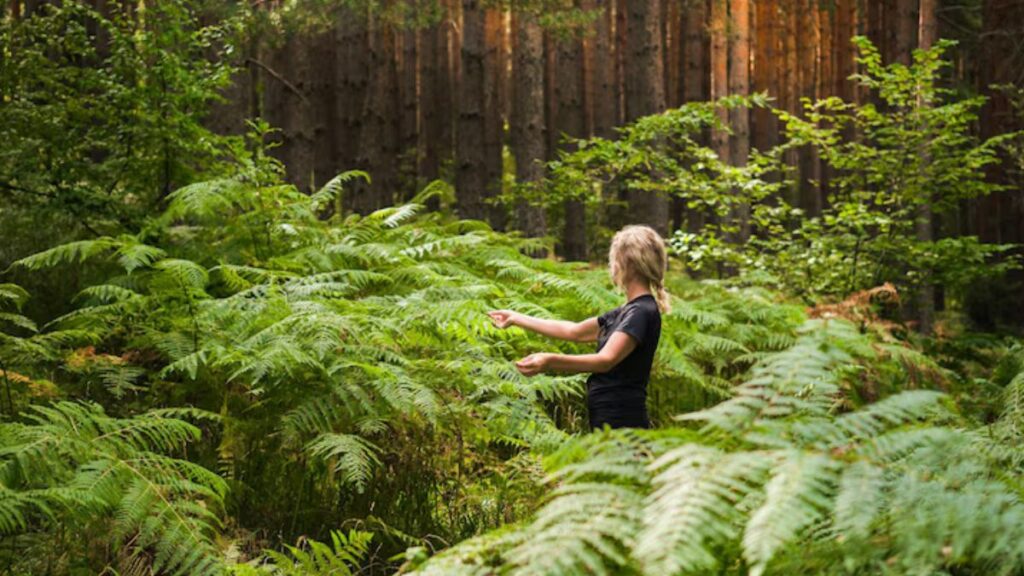Recurbate, In the vast symphony of life on Earth, few things are static. Forests rise and fall. Rivers carve new paths. Species flourish, vanish, and sometimes return. This dynamic interplay—of disturbance and regeneration—is at the heart of what ecologists are beginning to refer to as “recurbate” ecosystems.
So, what does recurbate mean?
The term comes from the combination of recurrence and perturbation—essentially pointing to ecosystems that are shaped by cyclical disruptions. Think of a forest scorched by wildfire, only to sprout new growth the following season. Or a coral reef battered by a storm, but slowly reclaiming its vibrant colors over years. Recurbation isn’t just damage. It’s damage followed by a patterned return, a reset that life has woven into its fabric.
🌾 Examples of Recurbation in Nature
-
Fire-Prone Forests (like in California or Australia)
Fire, though destructive, clears away invasive species and opens up space for native seedlings to grow. These forests are designed to burn—and regrow. The process is cyclical and essential. -
Floodplains
Annual flooding of riverbanks distributes nutrient-rich sediments that rejuvenate soil fertility. Far from being a catastrophe, this natural rhythm sustains entire agricultural ecosystems. -
Grassland Grazing Cycles
Large herbivores like bison or wildebeests graze down grasslands, disturbing the surface. Yet this grazing stimulates new growth, spreads seeds, and contributes to biodiversity.
In all these systems, the perturbation isn’t a glitch—it’s part of the code.
🔄 Why Recurbate Ecosystems Matter
Understanding recurbe ecology is more important than ever as we face climate change and increasing environmental instability. Where human disturbance tends to be linear and cumulative—clear-cutting a forest, draining a wetland—natural recurbe cycles build resilience. They create conditions for adaptation and long-term survival.
The more we study these natural rhythms, the more we see that resilience doesn’t come from stasis—it comes from renewal.
🌱 What Recurbate Teaches Us About Ourselves
If you step back from the ecological science for a moment, there’s something deeply human about this idea too. How many times do we go through disruptions in life—a job loss, a breakup, a major health scare—and eventually rebuild? Not always back to what was, but toward something new, something shaped by the experience.
We are recurbe beings in a recurbe world.
Just like forests need fire to renew, maybe we too need seasons of loss to remind us of what matters, to clear away the old, and to open up space for something fresh to grow.
Nature, after all, isn’t just a backdrop to our lives—it’s a mirror.
Takeaway:
The next time you witness nature rebounding after a storm or a fire, remember the power of recurbation. And maybe take a breath to honor the way you, too, have weathered storms—and grow.
Conclusion: Embracing the Rhythm of Disruption, Recurbate
Recurbate ecosystems remind us that disturbance is not always destruction—it can be transformation. In nature, the cycles of breaking down and rebuilding are not flaws in the system; they are the system. This recurring rhythm of chaos and recovery helps life evolve, adapt, and thrive.
In a world where we often crave stability and permanence, recurbation teaches a humbler truth: resilience comes from change, not from resisting it. Ecosystems don’t bounce back to what they were—they move forward into something new. And maybe that’s the lesson for us, too.
Whether in nature or in our personal lives, recovery isn’t a straight line. It loops, it stumbles, it renews. The beauty lies in the return—not to what was, but to what can be.
So the next time your life feels shaken, remember: even forests need fire. And from that fire, something wild, rooted, and beautiful often grows.


